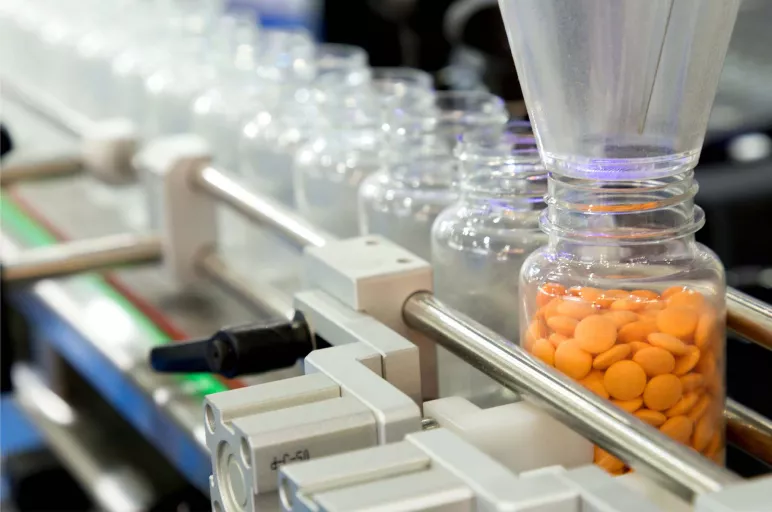
What’s Driving the Pharma Excipients Market and What Are the Hurdles?
- Demand for novel drug delivery systems, functional excipients and biological drugs are driving the demand for pharmaceutical excipients.
- Increased R&D spending and bioequivalence are also driving the production of excipients that is estimated to reach 3,155,500 tons by 2027.
- Pharma manufacturers must ensure that excipients adhere to the highest quality standards and are compliant with control strategies of the European Commission and the FDA.
December 13, 2022 | Pharma and Life Sciences 2 minutes read
Treating rare diseases and the need for better-functioning excipients have led to higher R&D spending and the emergence of new technologies in the pharmaceutical excipients market. Pharmaceutical excipients have no medicinal properties but help streamline the manufacturing of the drugs and their absorption when used by patients.
The development of bioequivalence is also adding to the growing excipients market, helping drug manufacturers address the challenges of bioavailability and solubility of excipients to improve manufacturing efficiency.
The high prevalence of chronic diseases is leading to higher demand for bioequivalence. Increased access to medication, especially through online sales, is further driving the need. The emergence of new technologies and increased R&D spending are bringing about a change in the market for pharmaceutical excipients.
Strict regulations by the U.S. Food and Drug Administration have given rise to the concept of a ‘novel excipient’ that has been newly formulated and not included in drugs approved earlier.
Regulatory Hurdles in the Use of Excipients
Pharmaceutical manufacturers must ensure that the excipients selected for the development of drug formulations adhere to the highest standards of quality.
Various regulatory agencies continue to push boundaries on control strategies for raw materials utilized in the drug manufacturing process. It is vital for drug manufacturers and raw material suppliers to stay committed to the legislation and regulatory requirements.
For instance, there is a detrimental impact of microplastics and nanoparticles on the environment as well as on the human health. This has led to further restrictions by the regulators that will potentially impact a broad range of industries including pharma.
Nanoparticles are an essential element in drug delivery.
However, they may have a negative impact on the environment. Still, the use of these materials continue to grow.
To make the identification and regulation of such nanoparticles easier, the European Union (EU) developed and now renewed the definition of a nanomaterial in June 2022.
Internationally, various regulatory agencies are governing the use of microplastics and nanoparticles and prioritizing their safety.
Europe’s International Pharmaceutical Excipient Council (IPEC) is involved in the framework and dissemination of guidance related to the potential involvement of nanomaterials in excipients. Additional research and legislative efforts have been also undertaken by the National Nanotechnology Initiative in the U.S.
Author: Zalak Trivedi



